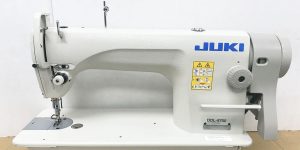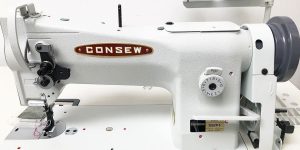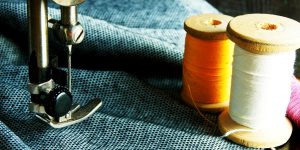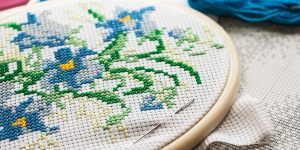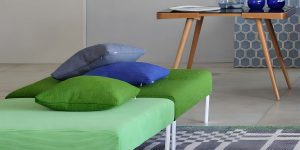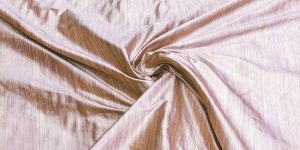In the world of sewing and fashion design, every stitch and seam counts. And they all are different and unique. “What is a French seam?” you may ask. This particular type of seam finish is celebrated for its clean, professional look and added strength. This technique provides more than just a neat aesthetic; it plays a pivotal role in the longevity and overall quality of the garment. Dive into this article to understand when and why to use this indispensable sewing trick.
Understanding French seams
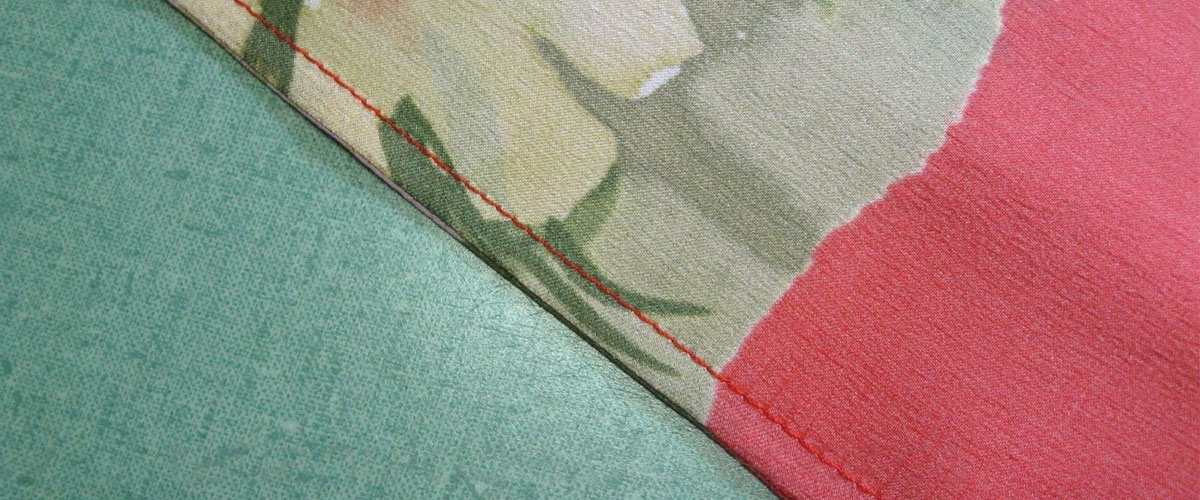
A French seam is a type of seam finish that elegantly encapsulates raw fabric edges within the seam itself. Speaking from personal experience, I can tell you that this technique does two wonderful things: it gives your garment a clean, sophisticated appearance and makes your clothing last longer by preventing pesky frayed edges.
- Aesthetic appeal: With raw edges hidden away, sewing French seams deliver an immaculate, professional appearance. This neat finish is visible on both sides of the garment, making it particularly desirable for unlined clothing or sheer materials.
- Durability: The unique construction of a French seam, which encloses raw fabric edges, effectively combats fraying. This significantly reduces potential wear and tear, thereby extending the garment’s lifespan.
- Versatility: One of the notable features of French seams is their versatility. These seams are pretty versatile and play nicely with a range of materials, be it soft and delicate silk or something more robust like medium-weight cotton. Moreover, French seams can be employed in a variety of garments, from dresses and blouses to children’s clothing, imparting a high-quality finish.
Understanding the characteristics and benefits of French seams allows you to make informed decisions on when to incorporate this high-quality finish into your sewing projects. This knowledge is particularly useful when you want to sew a French seam to provide a clean, professional appearance and increased durability to your garments.
Advantages of french seams
Whether you’re creating a piece of high-fashion couture or a simple homemade garment, French seam sewing can significantly elevate your project.
- Durability: By enclosing the raw edges of the fabric, French seams protect against fraying and wear, significantly enhancing the garment’s longevity. This is especially beneficial in clothing items that undergo regular washing and use.
- Professional finish: French seams offer a clean and tidy finish on both sides of the garment, contributing to a high-quality appearance. This is an important factor in high-end fashion, where details matter.
- Ideal for delicate fabrics: French seams are particularly suitable for sheer or delicate fabrics, where other seam finishes may be too visible or bulky. They also work well in unlined garments, where the inside construction is visible.
When to use French seams?
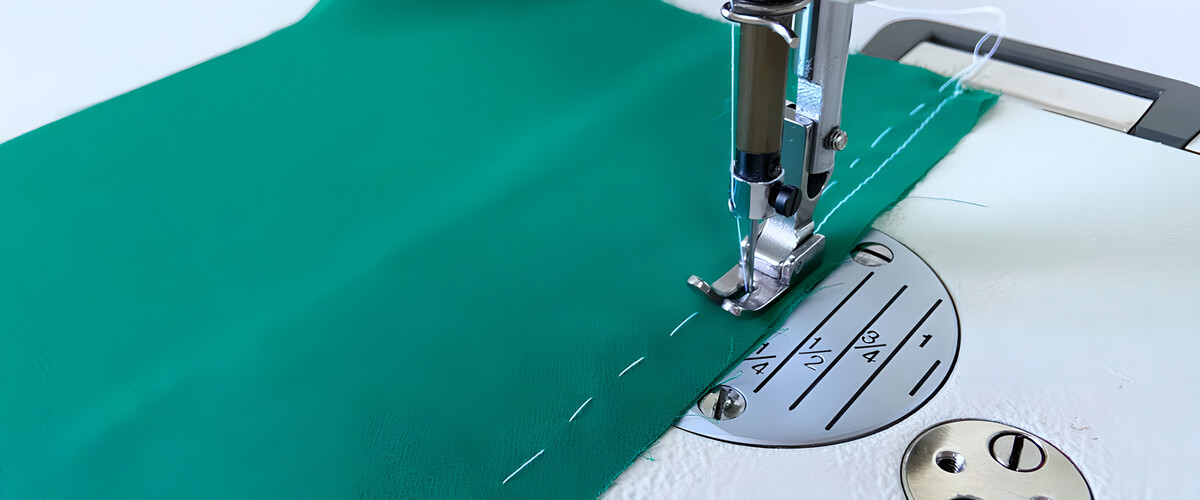
French seams are advantageous in various situations and for different types of clothing. They are the go-to choice when crafting high-quality ready-to-wear garments, lingerie, or children’s clothing, where a clean finish is paramount. French seams are also instrumental in adding a touch of luxury to homemade or custom-made clothing, enhancing not only their appearance but also their durability.
French seams are recommended for:
- High-quality ready-to-wear garments: Including blouses, dresses, and children’s clothing.
- Sheer and delicate fabrics: They provide a neat finish without adding bulk or visibility.
- Unlined garments: The seam’s clean finish makes even the insides of unlined garments appear tidy.
- Homemade or custom-made clothing: They add a luxurious touch and extend the garment’s lifespan.
Suitable fabrics for French seams
While considering the fabric compatibility for French seams, it’s also important to think about similar techniques like the French hemstitch. Not every fabric is suitable for every seam or stitch.
- Lightweight to medium fabrics: French seams are perfect for lightweight to medium fabrics like cotton voile, batiste, silk, and organza. These materials allow the seams to lie flat and unobtrusive.
- Sheer fabrics: French seams are especially suitable for sheer or semi-sheer fabrics such as chiffon or lace. They provide a neat, tidy finish without the bulk, ensuring the seam doesn’t detract from the fabric’s delicate appearance.
- Medium-weight cotton: French seams can also work well with medium-weight cotton, like poplin or chambray, giving a professional finish to dresses, shirts, or children’s wear.
I’d also recommend paying attention to the fact that French seams may not be the finest choice for heavy fabrics like denim, tweed, or corduroy. These materials can create a bulky seam that doesn’t lie flat, potentially detracting from the finished garment’s appearance.
Alternatives to French seams
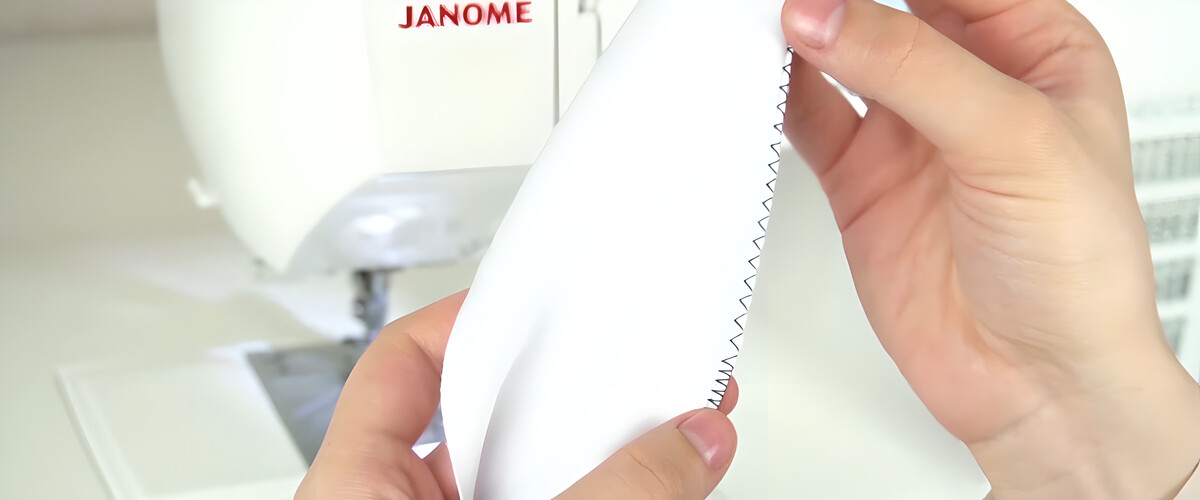
While French, also known as French stitching, seems like a perfect option, it may not be the most optimal choice for every sewing project. Other seam finishes are available, each with their own advantages and considerations.
- Serged seams: Using a serger or overlocker, you can create a finished edge that simultaneously trims, stitches, and overcasts the edge. This method is quick and ideal for a variety of fabrics but requires a specialized machine.
- Zigzag stitch: This finish can be achieved with a standard sewing machine and works well on non-fraying fabrics. It may not be as clean or professional as a French seam, but it’s suitable for projects where the inside isn’t visible.
- Bound seams: This involves using bias tape to encase the raw edge. While it gives unlined garments a lovely finished look, it can take a bit of extra time and make your fabric feel heavier.

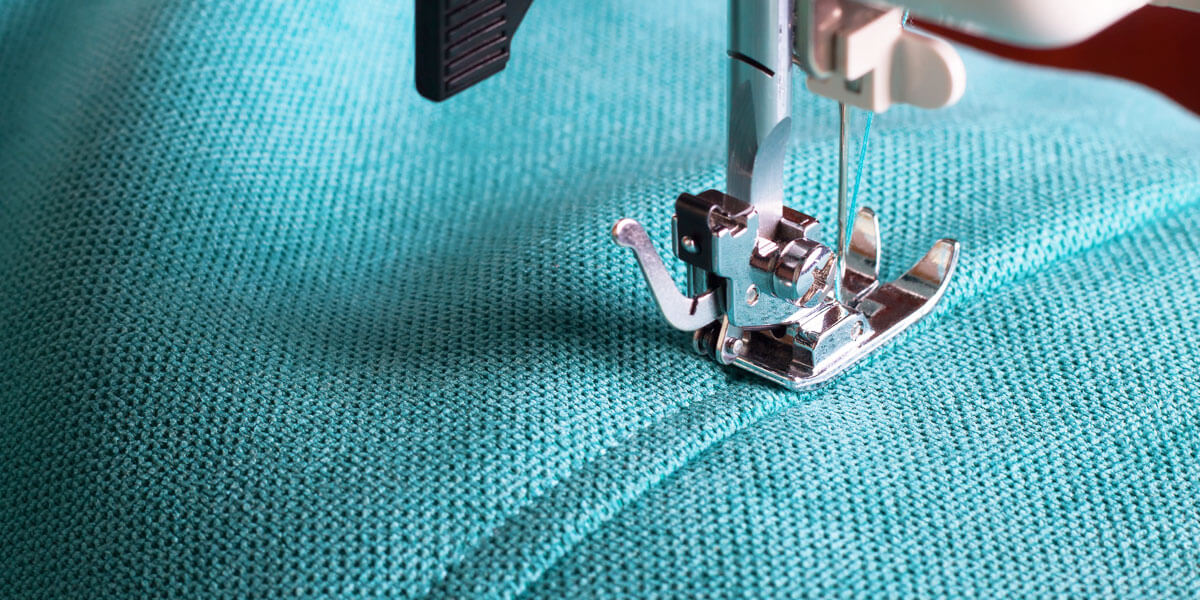
![The 4 Best Machines Under $500 [Budget Sewing Solutions]](https://www.favoritethings.net/wp-content/uploads/2024/03/best-sewing-machine-under-500-review-300x150.jpg)
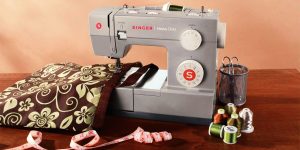
![Best Sewing Machines for Upholstery [Crafting with Quality]](https://www.favoritethings.net/wp-content/uploads/2024/02/best-sewing-machine-for-upholstery-300x150.jpg)


